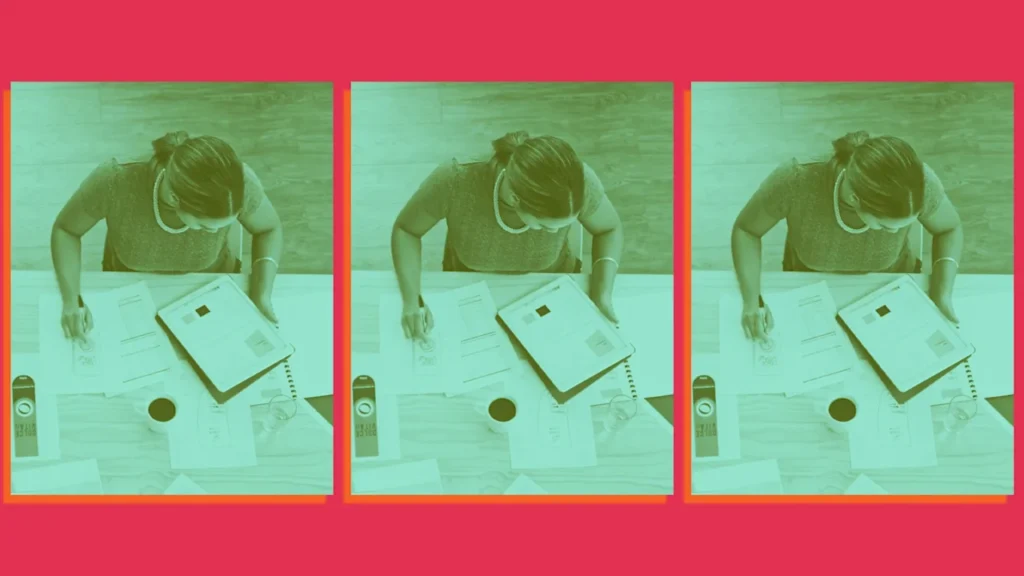
I’m a big fan of productivity bursts. Like choosing a task that will take 10 or 12 hours—a task you’ve long been putting off specifically because it will take 10 or 12 hours—and knocking it out in a single day. (Here are the eight steps to an incredibly productive day.)
I’m also a big fan of using shorter bursts within a day. Generally speaking, a person can focus on any given task for only 90 to 120 minutes. After that, typically you need a 15- to 20-minute break to recharge and achieve high performance on your next task. (The Pomodoro Technique uses even shorter bursts: 25 minutes of work, five-minute break.)
In so many words, productivity sprints are great. But they do not a work life make.
Over the course of a month, much less a year, how much you get done on a consistent basis matters a lot more than what you can pull off for short bursts. For example, Stephen King, the best-selling author of nearly 70 books, doesn’t write a book in three or four hard-core weeks. For decades, he wrote for five or six hours a day, shooting for 2,000 words a day. These days, he works for four hours with a goal of 1,000 words. (That pace is still more than most authors manage, and King is 77 years old.)
For King—and for you—endurance matters more than speed.
More to the point, durability matters more than speed.
Top Speed Versus Sustained Pace
Imagine you’re a factory worker. You start the day full blast, producing 80 widgets the first hour. No other worker can match your speed; you’re the Usain Bolt of piecework.
But then you start to fade. You manage 75 widgets the next hour, 70 the next. By midafternoon you’re down to 50. Over an eight-hour shift, you manage 505 widgets.
The person next to you never managed to make more than 70 widgets in an hour, but because she kept that pace for her entire shift, she made 560 widgets.
Sound a little too tortoise versus hare? Not really. As writer Brady Holmer notes in a recent Substack post, durability is not about how fast you can go when you’re fresh. Durability is about how little you slow down when fatigued. Bolt may have been faster—at an absolute speed—than everyone else, but he also could have slowed down the least.
That’s especially true as race distances get longer. The 400-meter hurdle world record holder, Sydney McLaughlin-Levrone, may not be faster at top speed than everyone else. But she clearly slows down less over the course of a race.
Why does that matter to you? Because your workday isn’t a sprint. Your work year isn’t a sprint. Work—your efficiency, effectiveness, productivity, output—is an endurance race.
One where your ability to maintain a steady, consistent pace makes an exponentially greater difference than your ability (valuable though it may be) to occasionally crank out a chunk of work.
The Big Three of Sustainable Output
Let’s extend the running analogy a bit more. Most runners focus on the primary factors of endurance performance: running economy, lactate threshold, and VO₂ max.
Running economy is just what it sounds like: how efficiently your body uses energy to maintain a given pace. Biomechanics, coordination, strength, flexibility, and other factors all play a role. In work terms, less wasted effort, less unnecessary repetition, working smarter, not harder. (Although I’m a fan of working smarter as well as harder.)
Lactate threshold is the highest intensity or pace at which your body can clear lactate from your blood as quickly as it’s produced. Go past your threshold and lactate builds up, fatigue kicks in, and performance drops.
VO₂ max is the maximum amount of oxygen your body can use during intense exercise. The higher your VO₂ max, the more oxygen your muscles get, which in exercise terms means you can run, bike, swim, etc. faster and longer.
Here’s where it gets interesting. A new study published in Scandinavian Journal of Medicine & Science in Sports found that runners who maintained a steady pace for 90 minutes experienced a 3% drop in their VO₂ max, and a 7% drop after 120 minutes. Turns out VO₂ max isn’t absolute; it changes with effort.
So do other endurance factors. Work too hard for too long and your ability to keep performing at that level decreases—regardless of willpower, persistence, and determination. The cost on your body—and, in workplace terms, on your mind—of maintaining a fast early pace gets higher and higher until holding that pace becomes impossible.
No matter how hard you try to keep grinding.
That’s takeaway No. 1: Your pace, over the course of a day or week or month or year, needs to be sustainable. No matter how fast the start, producing a steady 70 widgets an hour over an eight-hour shift beats a reverse hockey-stick 63 widgets an hour.
But you can also ramp up your steady, sustainable pace.
Self-imposed limits
Working economy—how efficiently you perform certain tasks—is relatively easy to improve. (Here are 90 ways.) The less effort a task requires, the less hard you have to work, and as a result, the easier you can maintain a steady pace. Where improving productivity and overall output are concerned, streamlining and optimizing should always be the first steps.
Then focus on your “lactate threshold” and “VO₂ max.” Unless a solid chunk of manual labor is involved, your job likely doesn’t involve a high degree of physical fatigue. But every job involves mental fatigue. And every job feels like it has limits.
You can only do so much until you can’t do more.
Except you can. The 40% Rule is a concept popularized by former Navy SEAL Dave Goggins through entrepreneur Jesse Itzler’s 2016 book Living With a Seal: 31 Days Training With the Toughest Man on the Planet: When your mind tells you that you’re exhausted, you’re really only 40% done. You still have 60% left in your tank.
In short, you have more in you than you think. When you’re doing something difficult and think you need to stop, you have more in you.
Most of our limits are self-imposed. Over time, we’ve set those limits for ourselves. They don’t come close to lactate threshold, much less VO₂ max.
That doesn’t mean you need to squeeze out the remaining 60%. But you could try to eke out another 5%.
The 40% Rule
How long you’ll stick with a challenge before giving up and moving on? That’s not really a limit. How long you’ll stare at a whiteboard, trying to think of a way past a problem, before giving up and moving on? That’s not really a limit. How many calls you’ll make, emails you’ll send, proposals you’ll create, follow-ups you’ll make? Those limits only seem real.
But they aren’t real. They’re just habits.
Think of a time when fear helped you push past what you thought was a barrier. Think about a time when a huge incentive helped you push past what you thought was a barrier.
Then, you could do more.
Because it turns out your limit was only 40% of what you were truly capable of achieving.
The next time you think you’ve reached your cold-call limit, make one more. The next time you think you’ve reached your employee development meeting limit, conduct one more. The next time you think you’ve reached your quality double-check limit, check one more order.
Challenge yourself to see if you can endure just a little more. You’ll find out you can.
What’s more, you’ll realize that a limit you thought was absolute was only self-imposed—and that you can accomplish a lot more than you once thought possible. Over a really long period of time.
Without burning out.
— By Jeff Haden
This article originally appeared on Fast Company‘s sister publication, Inc.
Inc. is the voice of the American entrepreneur. We inspire, inform, and document the most fascinating people in business: the risk-takers, the innovators, and the ultra-driven go-getters that represent the most dynamic force in the American economy.


